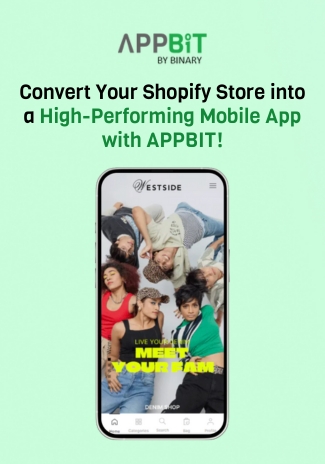Maximize Your eCommerce Potential with the Ultimate RFP Template
In the rapidly evolving world of eCommerce, businesses constantly seek ways to enhance their digital storefronts, optimize customer experiences, and streamline operations. One crucial tool that can help businesses achieve these goals is a well-crafted Request for Proposal (RFP). Whether you’re planning a migration to a new platform or launching a flash sale, a comprehensive RFP template can be your guiding star. This blog delves into the importance of an eCommerce RFP template and provides a detailed guide on how to create one.
What is an RFP and Why Do You Need One?
An RFP, or Request for Proposal, is a document that outlines your project requirements and invites vendors to submit proposals on how they would address these needs. For eCommerce businesses, an RFP is vital for several reasons:
Clarity and Focus: An RFP helps you clearly define your project goals, requirements, and expectations. This clarity ensures that both you and the vendors are on the same page from the outset.
Vendor Comparison: By soliciting proposals from multiple vendors, you can compare their offerings, expertise, and pricing, making it easier to select the best fit for your project.
Structured Approach: An RFP provides a structured approach to the vendor selection process, ensuring that all aspects of the project are considered and evaluated.
Key Components of an eCommerce RFP Template
Creating a comprehensive eCommerce RFP template involves several key components. Here’s a step-by-step guide:
- Introduction
Begin with a brief introduction to your company, its mission, and the project at hand. Provide context to help vendors understand your business and project goals.Example:
“ABC Retail is a leading online retailer specializing in sustainable fashion. We are seeking proposals from experienced eCommerce vendors to assist with the migration of our online store to a new platform. Our goal is to enhance the user experience, increase site performance, and support our future growth.” - Project Overview
Detail the project scope, objectives, and expected outcomes. Clearly outline what you hope to achieve with this project.Example:
“The project involves migrating our existing eCommerce site from Platform X to Platform Y. The objectives are to improve site speed, enhance mobile responsiveness, and integrate advanced analytics. The expected outcome is a seamless transition with no downtime, improved user engagement, and a 20% increase in conversion rates.” - Technical Requirements
Specify the technical requirements and functionalities you need. This section should include details about the platform, integrations, customizations, and any specific technologies you want to incorporate.Example:
“The new platform must support integrations with our existing CRM, ERP, and inventory management systems. We require a custom checkout process, advanced search functionality, and support for multi-currency transactions. The site should be built using responsive design principles to ensure optimal performance on all devices.” - Project Timeline
Outline the project timeline, including key milestones and deadlines. Be realistic about the time required for each phase of the project.Example:
“Phase 1: Discovery and Planning (2 weeks)
Phase 2: Design and Development (8 weeks)
Phase 3: Testing and QA (2 weeks)
Phase 4: Launch and Post-Launch Support (2 weeks)
Total Project Duration: 14 weeks” - Budget
Provide a budget range or a detailed breakdown of how you expect the project to be costed. This helps vendors tailor their proposals to your financial constraints.Example:
“Our budget for this project is between $50,000 and $70,000. We expect detailed cost breakdowns for design, development, testing, and post-launch support.” - Vendor Qualifications
List the qualifications and experience you seek in a vendor. This can include industry experience, technical expertise, and previous project examples.Example:
“Vendors must have at least 5 years of experience in eCommerce development, with a portfolio of at least three successful migrations. Experience with sustainable fashion or similar industries is preferred.” - Proposal Submission Guidelines
Provide clear instructions on how vendors should submit their proposals. Include the submission deadline, required documents, and contact information.Example:
“Proposals should be submitted via email to contact@abcretail.com by July 31, 2024. Required documents include a detailed proposal, cost breakdown, project timeline, and references.” - Evaluation Criteria
Explain how you will evaluate the proposals. Include criteria such as technical expertise, project approach, budget alignment, and vendor experience.Example:
“Proposals will be evaluated based on the following criteria:Technical Expertise (30%)
Project Approach and Methodology (25%)
Budget Alignment (20%)
Vendor Experience and References (15%)
Presentation and Clarity of Proposal (10%)”
Conclusion
An eCommerce RFP template is an essential tool for any business looking to undertake a significant project, such as a platform migration or a flash sale. By clearly defining your project requirements and expectations, you can attract the right vendors and ensure a successful project outcome. Download our comprehensive eCommerce RFP template now and take the first step towards transforming your online store.

















